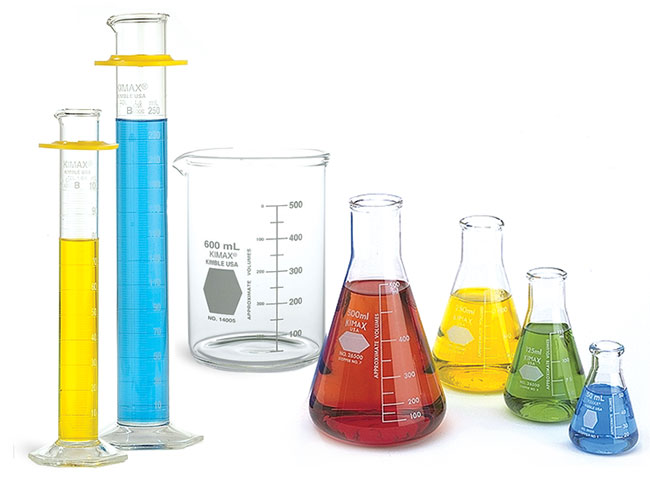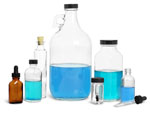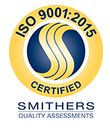Glass Information
Glass Properties
Unlike plastic, glass was not invented, rather it has been developed or refined. Although most of the glass we find is man-made, glass can still be found in nature. Natural glass is the result of certain types of rocks being heated to a high temperature by way of lightning, meteorites, or volcanic eruptions, and then cooling rapidly without the formation of crystals. Obsidian is a volcanic glass that may be clear, black, brown or even green in color. Obsidian is formed by rapidly cooled lava. The earliest use of obsidian was for knives, spear tips and jewelry. Archaeological discoveries provide evidence that man has been using glass coated objects for at least 12,000 years.
Structure:
Glass is a mixture of sand, soda and lime, heated to a high temperature until the materials become a liquid, known as molten. Once the materials are combined in a liquid, the mixture is then cooled to a ridged condition without crystallization.
Glass is often described as an amorphous solid; a solid is a ridged material that does not flow when subjected to moderate forces. A material is amorphous when its molecules have no regularity in their arrangement on a scale larger then a few times the size of the molecular constituents.
Glass is often described as an amorphous solid; a solid is a ridged material that does not flow when subjected to moderate forces. A material is amorphous when its molecules have no regularity in their arrangement on a scale larger then a few times the size of the molecular constituents.
Strength:
At a simple level the structure of glass is strong, though glass itself is a brittle material. A process called tampering can strengthen glass, tampering is achieved when the glass surface is cooled more rapidly then the middle. By doing this it causes the surface to become ridged first and when the interior cools and contracts it pulls on the surface, causing a residual compressive stress. Tampered glass still looks and feels the same as regular glass, but is more durable.
Another way glass is strengthened is by laminating it. Laminated safety glass is made by combining a layer of plastic over glass. If a non-laminated bottle is dropped the glass would break sending pieces of glass in different directions. If a laminated bottle is dropped, the glass will still break though the outer layer of plastic will contain the broken pieces of glass.
Adding more silica to the molten mixture will increases the expansion coefficient which will make the glass more resistant to breaking caused by temperature fluctuation.
Another way glass is strengthened is by laminating it. Laminated safety glass is made by combining a layer of plastic over glass. If a non-laminated bottle is dropped the glass would break sending pieces of glass in different directions. If a laminated bottle is dropped, the glass will still break though the outer layer of plastic will contain the broken pieces of glass.
Adding more silica to the molten mixture will increases the expansion coefficient which will make the glass more resistant to breaking caused by temperature fluctuation.
Color:
Colored glass is obtained when certain compounds are added to the liquid molten mixtures. Chromates are used for green glass, copper and cobalt for blue, copper or selenium for red and manganese for purple, brown is made by adding a combination of iron and sulfur.
Colored glass not only is visually stimulating it also serves a purpose. For light sensitive materials, brown or amber glass is most commonly used to protect light sensitive substances because amber glass is formulated to absorb light in the ultra-violet region of the electromagnetic spectrum.
Colored glass not only is visually stimulating it also serves a purpose. For light sensitive materials, brown or amber glass is most commonly used to protect light sensitive substances because amber glass is formulated to absorb light in the ultra-violet region of the electromagnetic spectrum.







